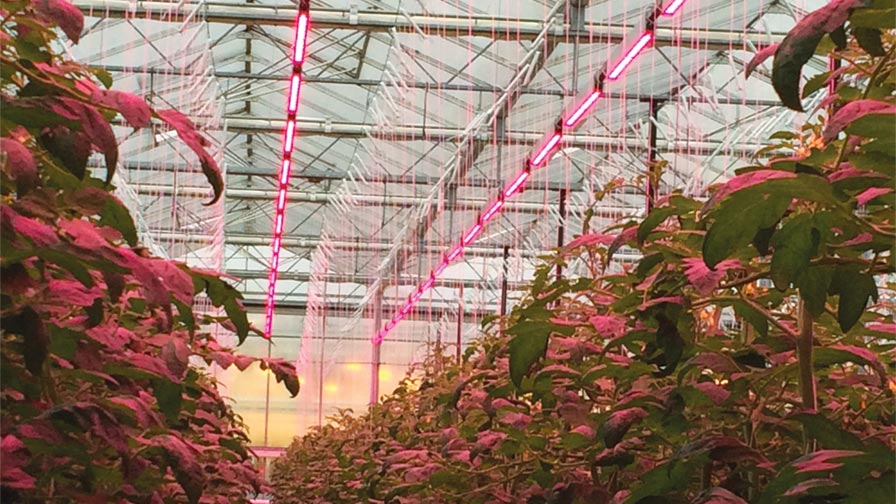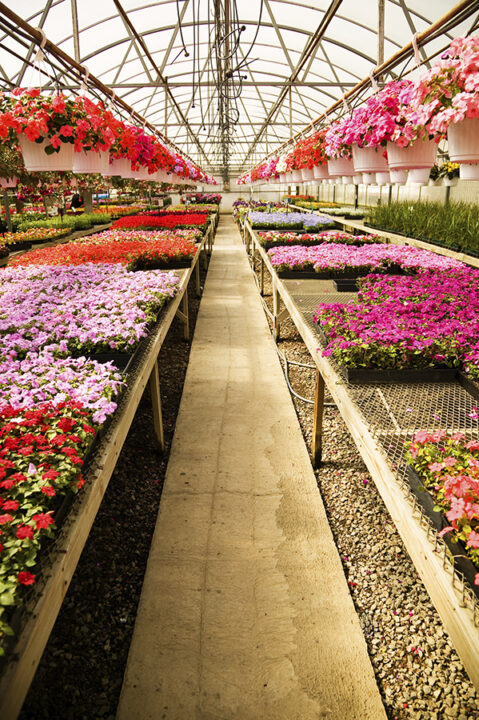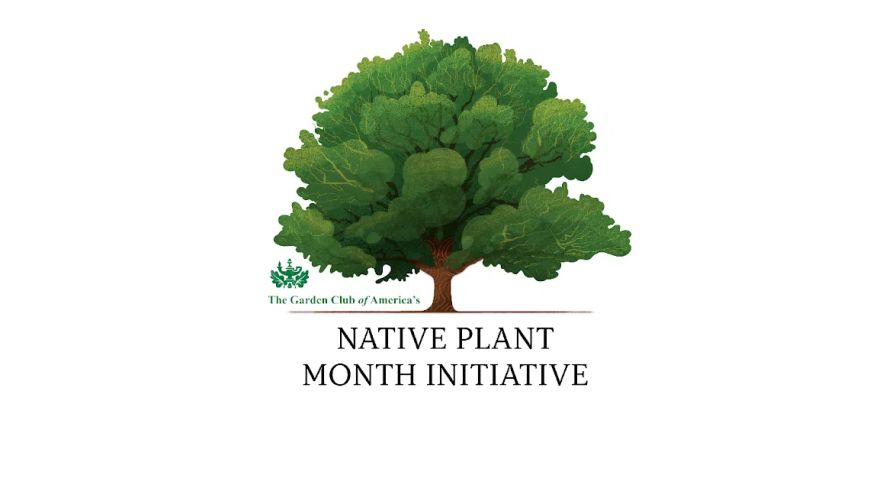Greenhouse Lighting Update: New Standards Proposals, and a Free Online Lighting Calculator
 The DesignLights Consortium (DLC), a Medford, MA-based non-profit working to accelerate adoption of efficient, high-quality commercial lighting, has released a draft of “Technical Requirements for LED-based Horticultural Lighting: Version 2.0.” The updated guide of proposed lighting standards is designed to increase the efficacy threshold for the DLC’s Horticultural Qualified Products List (QPL), while continuing the transition to specific data and metrics that best represent horticultural lighting performance.
The DesignLights Consortium (DLC), a Medford, MA-based non-profit working to accelerate adoption of efficient, high-quality commercial lighting, has released a draft of “Technical Requirements for LED-based Horticultural Lighting: Version 2.0.” The updated guide of proposed lighting standards is designed to increase the efficacy threshold for the DLC’s Horticultural Qualified Products List (QPL), while continuing the transition to specific data and metrics that best represent horticultural lighting performance.
The DLC is seeking comment from interested parties — which includes controlled-environment greenhouse growers — on proposed changes meant to reduce manufacturers’ testing burden, as well as application complexity and cost, by introducing family grouping and private labeling to the DLC’s horticultural lighting program.
Following consideration of stakeholder comments, the draft policy is scheduled to take effect in January.
“This revision speaks to the need for a more appropriate and accurate way to measure and report the performance of LED horticultural lighting,” DLC Executive Director and CEO Christina Halfpenny said. “At the same time, we are seeking to drive greater efficiency in the expanding controlled-environment agriculture industries that depend on horticultural lighting, including energy-intensive legal cannabis cultivation.”
According to the Department of Energy (DOE), the annual electricity consumption of all indoor U.S. horticultural installations is about 5.9 terawatt hours, approximately equal to the annual usage of more than half a million U.S. households. Consumption is estimated to grow between 15% and 25% between 2017 and 2025. A 2019 Strategies Unlimited report forecasted that the LED lighting market for cannabis alone will grow more than 300% in the next five years.
Against this backdrop, the DLC proposes to increase the efficacy threshold for Horticultural QPL listing by 10.5%. This change is based on an analysis of all products currently on the QPL and set at a value that allows the top 85% of products in terms of photosynthetic photon efficacy to remain listed. Under the V2.0 update, LED products on the DLC’s Horticultural QPL would be approximately 40% more energy efficient, on average, than the most efficient legacy products — double-ended high-pressure sodium fixtures.
You can learn more details about the lighting standards, including how to comment, here.
Online Calculator Helps Growers Compare Lighting Products
The Lighting Research Center at Rensselaer Polytechnic Institute (LRC) invites greenhouse growers to make use of a free online calculator that allows lighting products to be compared based on equal photosynthetic photon flux density (PPFD). The calculator includes the analysis of luminaire-specific and application-specific metrics, which provide the best available information regarding any given horticultural luminaire’s performance.
The calculator results include a comparison with other commercially available luminaires (example below), the number of luminaires needed to meet the target PPFD, the mounting height that will result in the most efficacious application, the cost of ownership, and the payback period.
Learn more at the LRC website.









